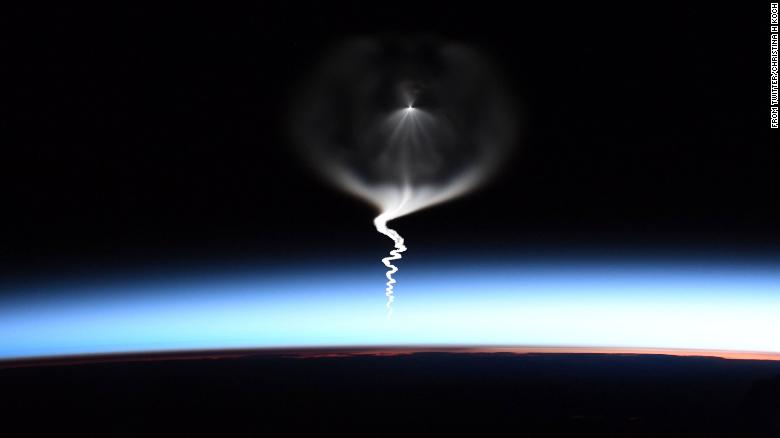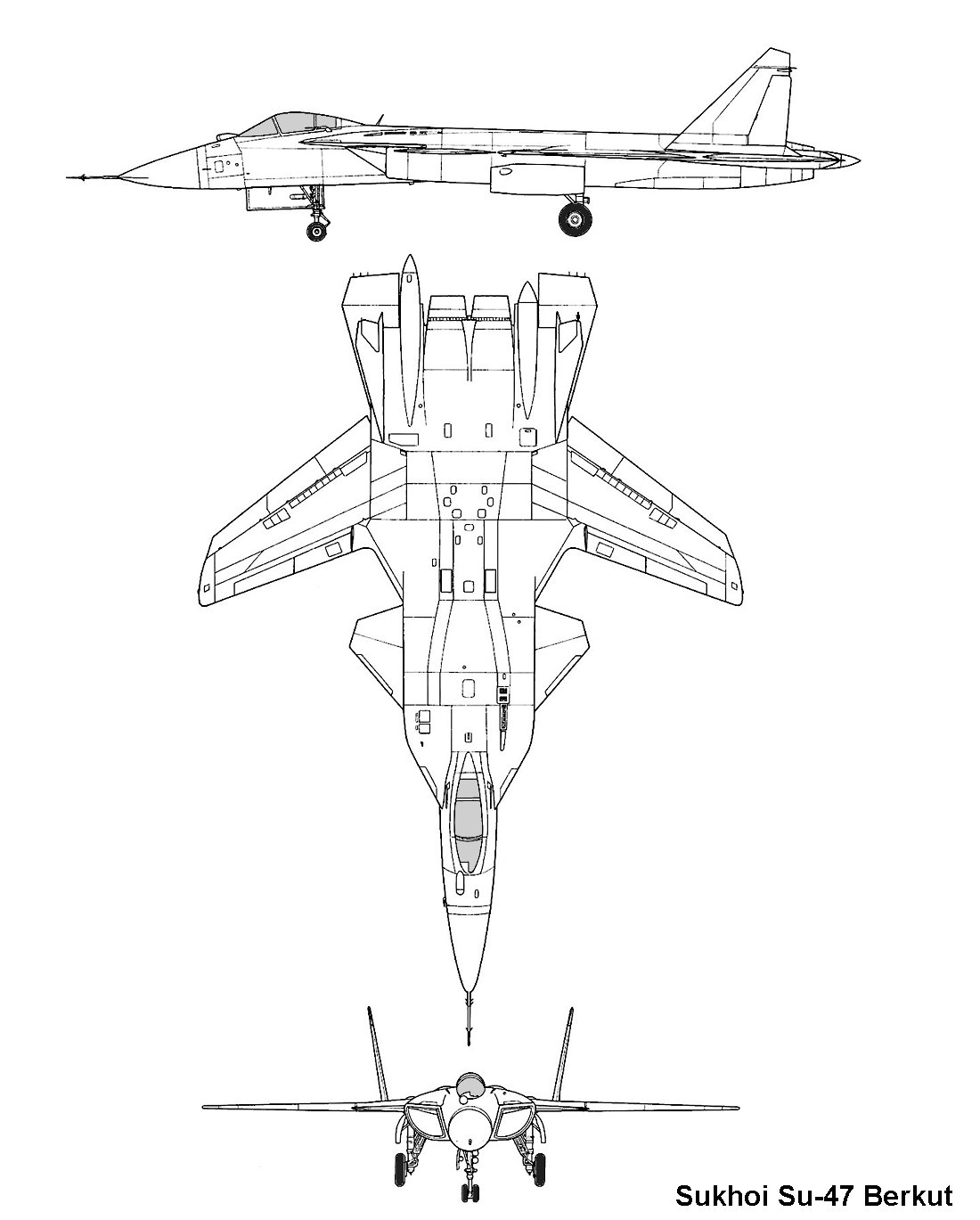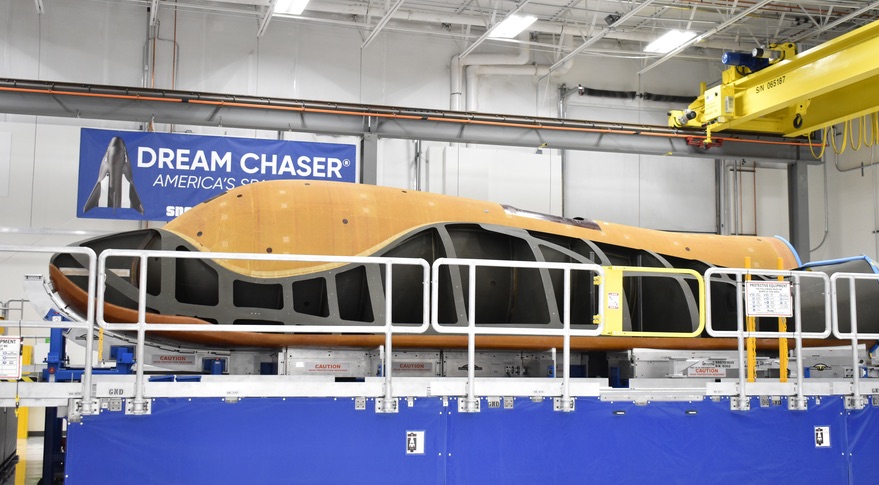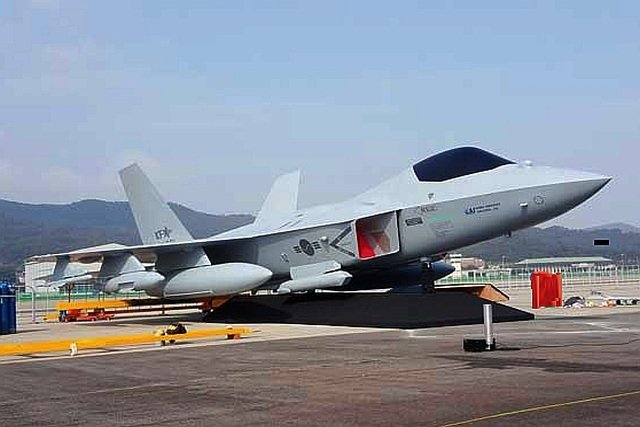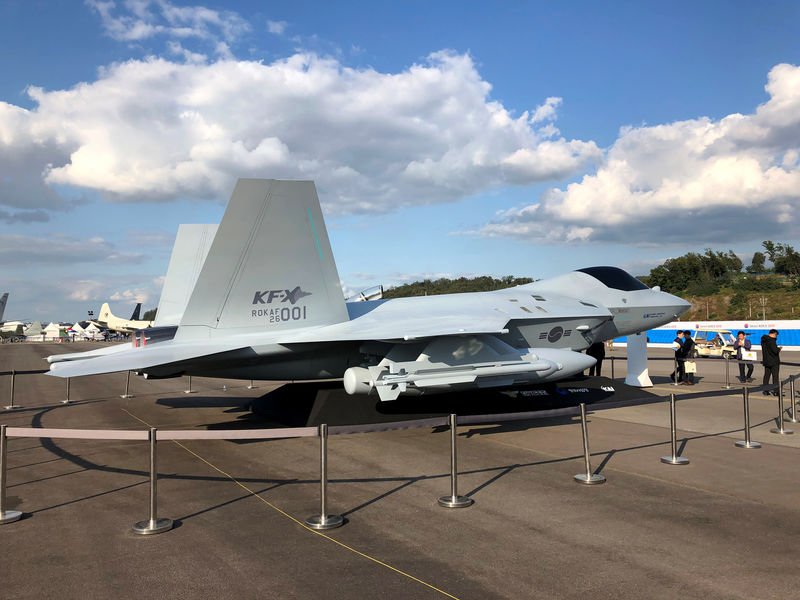brar_w wrote:French Navy firms up plans to buy E-2D Advanced Hawkeye; Jane's Navy International;Henri-Pierre Grolleau, Paris
France is to order three Northrop Grumman E-2D Advanced Hawkeye airborne early-warning and control (AEW&C) aircraft in 2020, the French defence minister has confirmed.Florence Parly made the commitment in an interview published in the Les Echos national newspaper.
The French Navy had been closely following the introduction of the E-2D into US Navy service, with the type to be adopted to replace the three E-2C Hawkeyes serving with Flottille 4F at Lann-Bihoué, near Lorient, in Brittany.
The E-2C has been in French Navy service for more than 20 years and the Marine Nationale is looking at the new E-2D as the obvious replacement. The newer variant is fitted with an entirely new AN/APY-9 radar with combined electronic/mechanical-scanning capabilities, more powerful processors, and an improved man-machine interface with larger screens. The airframe and engines remain the same, however, which will help accelerate and facilitate the transition from the E-2C to the E-2D.
Separately, Parly also confirmed that the contract for seven Dassault Falcon 2000LXS Albatros maritime surveillance aircraft will be inked in 2020. The type has been selected as part of the Avsimar (Avions de surveillance et d’intervention maritime, surveillance, and maritime intervention) programme to replace fast-ageing Guardians and Falcon 50s. Seven offshore patrol vessels will be ordered for surveillance missions in French overseas dependencies.
Parly also revealed that two upgraded Atlantique 2 maritime patrol aircraft and two NH90 Caïman helicopters will be delivered in 2020, bringing the number of Caïmans to 26 out of 27 planned. She also said the Suffren nuclear attack submarine will begin sea trials in February 2020 and that it should be officially delivered to the Marine Nationale in August.
Admiral Olivier Goutay, commander of the French Naval Aviation, explained in a recent interview that “Compared to the Alizé [that used to be] in service on board [the former] carriers Foch and Clemenceau , the E-2C offered considerably improved operational capabilities, allowing us to better understand the tactical environment around the task force. The E-2D will bring even more advanced operational capabilities against the latest airborne and surface threats. The E-2D will be operated by Flottille 4F and flown from the Charles de Gaulle and her successor. The Marine Nationale is also conducting a study to determine what advantages the unit might have moving from Lann-Bihoué to Landivisiau where the Navy Rafale M fleet is stationed.”
Comment
brar_w,
I'd like to continue on in the discussion we had in the other (Raafale) thread regarding stealth. I was going to stop the discussion, but scrolled through this thread and found your post and was not entirely surprised when I saw the following and decided to post here. What gave me pause to look into this is the development of the AN/APY surveillance radar system.
Here is the link from Lockheed which developed the AN/APY-9 radar. From reading between the lines, it appears NG's radar division in Baltimore was involved in the development.
https://www.lockheedmartin.com/en-us/pr ... radar.html
1. The AN/APY-9 is a solid state radar in the UHF band which makes the wavelength between 10-70 cm. What this means is that solid state transmitters can't generate narrow pulses, but signal processors can do pulse compression and just look at windowing into timing of less than 1 us.
2. Space-Time-Adaptive-Processing provides significant clutter reduction. See:
https://ieeexplore.ieee.org/document/1006605
This is very important in terms of reducing clutter by 25 dB. This is nothing to sneeze at and is a real achievement.
3. Since you're a program management type of fellow, you'll appreciate the following link:
https://www.northropgrumman.com/Capabil ... ooklet.pdf
Poking around some more confirms what has been speculated, note that this is a 5-yr old article:
https://news.usni.org/2014/06/09/u-s-na ... lain-sight
“It is the physics of longer wavelength and resonance that enables VHF and UHF radar to detect stealth aircraft,” Westra wrote in his article titled Radar vs. Stealth.
UHF-band radars operate at frequencies between 300MHz and 1GHz, which results in wavelengths that are between 10 centimeters and one meter long.
Typically, due to the physical characteristics of fighter-sized stealth aircraft, they must be optimized to defeat higher frequencies in the Ka, Ku, X, C and parts of the S-bands.
There is a resonance effect that occurs when a feature on an aircraft—such as a tail-fin tip— is less than eight times the size of a particular frequency wavelength. That omni-directional resonance effect produces a “step change” in an aircraft’s radar cross-section.
Effectively what that means is that small stealth aircraft that do not have the size or weight allowances for two feet or more of radar absorbent material coatings on every surface are forced to make trades as to which frequency bands they are optimized for.
That would include aircraft like the Chengdu J-20, Shenyang J-31, Sukhoi PAK-FA and indeed the United States’ own Lockheed Martin F-22 Raptor and tri-service F-35 Joint Strike Fighter.
Only very large stealth aircraft without protruding empennage surfaces — like the Northrop Grumman B-2 Spirit or the forthcoming Long Range Strike-Bomber — can meet the requirement for geometrical optics regime scattering.
“You can’t be everywhere at once on a fighter-sized aircraft,”
However, as Westra and many other sources point out, UHF and VHF-band radars have historically had some major drawbacks. “Poor resolution in angle and range, however, has historically prevented these radars from providing accurate targeting and fire control,” Westra wrote.
Northrop Grumman and Lockheed Martin appear to have overcome the traditional limitations of UHF-band radars in the APY-9 by applying a combination of advanced electronic scanning capability together with enormous digital computing power in the form of space/time adaptive processing.
After reading this I would think that the IAF should acquire the AN/APY-2 radar in another platform.
